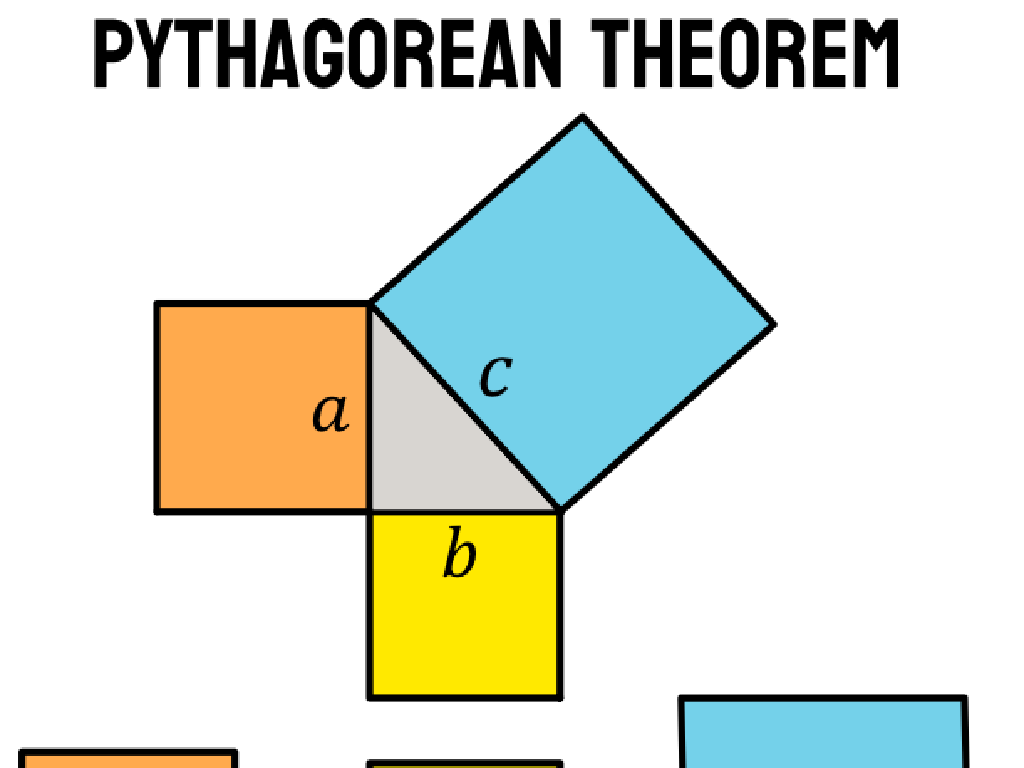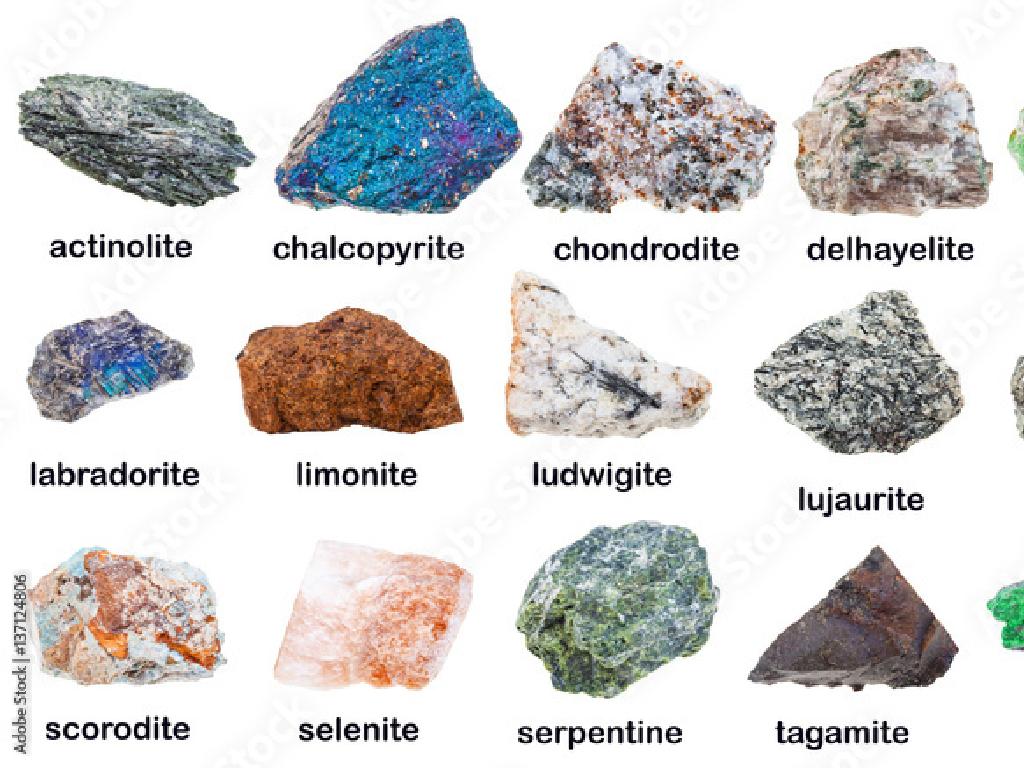Science And Technology In Early China
Subject: Social studies
Grade: Sixth grade
Topic: Early China
Please LOG IN to download the presentation. Access is available to registered users only.
View More Content
Exploring Science & Technology in Ancient China
– Early China’s civilization
– One of the world’s oldest civilizations with rich history.
– Science & tech significance
– Advances in science and technology were crucial for development.
– Overview of today’s lesson
– We’ll explore inventions like the compass, papermaking, and more.
– Engage with ancient innovations
|
This slide introduces students to the grandeur of Early China, setting the stage for a deeper dive into how science and technology shaped one of the world’s oldest civilizations. Emphasize the significance of these ancient innovations, which still impact our lives today. Provide a preview of the lesson, highlighting key inventions and discoveries that students will learn about, such as the compass, papermaking, and gunpowder. Encourage students to think about how these technologies might have originated and the genius of the ancient Chinese inventors. This will help students appreciate the contributions of ancient civilizations to modern society.
The Four Great Inventions of Ancient China
– Discover ancient China’s inventions
– Papermaking: A communication leap
– Invented during the Han dynasty, it allowed for the recording and sharing of ideas.
– The Compass: Guiding explorers
– Used for navigation, it helped mariners and travelers find their way.
– Gunpowder: Transforming warfare
– First used in the 9th century, it altered the conduct of battles and sieges.
– Printing: Knowledge goes viral
– Movable type printing led to mass production of books, spreading literacy.
|
This slide introduces students to the Four Great Inventions of ancient China, which have had a lasting impact on the world. Papermaking, developed during the Han dynasty, revolutionized how information was recorded and disseminated. The compass, which emerged during the Song dynasty, became an essential tool for navigation. Gunpowder, discovered in the 9th century, dramatically changed the nature of warfare. Finally, the invention of printing, particularly movable type, allowed for the widespread distribution of knowledge. Encourage students to think about how these inventions still affect our lives today and to discuss the importance of innovation in society.
The Invention of Paper in Ancient China
– Ancient papermaking method
– Invented during the Han Dynasty, using mulberry and other plant fibers.
– Materials for Chinese paper
– Traditional paper was made from mulberry bark, hemp, and rags soaked in water.
– Paper’s impact on literacy
– Widespread paper use made books cheaper, boosting literacy rates.
– Educational revolution
– Access to books transformed education, spreading knowledge widely.
|
This slide explores the ancient Chinese invention of papermaking, a process that revolutionized communication and learning. Highlight the Han Dynasty as the period when this technology was developed, emphasizing the use of natural materials like mulberry bark and hemp. Discuss how the advent of paper made producing books more affordable, which in turn made education and literacy more accessible to the general population. This led to a significant spread of knowledge and culture throughout China and, eventually, the world. Encourage students to consider the impact of paper on modern society and how different our world might be without it.
The Compass in Early China
– Compass revolutionized exploration
– Enabled mariners to navigate without landmarks or stars
– Magnetic compass science
– Uses Earth’s magnetic field to point north
– Early navigation examples
– Chinese explorers used it to sail and trade across seas
|
The invention of the compass was a pivotal moment in the history of exploration, particularly for Chinese mariners. It allowed them to venture into open waters beyond the sight of land and navigate safely. The compass works by aligning with Earth’s magnetic field, consistently pointing towards the magnetic north, which is crucial for setting a course. Provide examples of how early Chinese explorers might have used the compass to expand trade routes and explore new territories. Discuss the impact of this technology on global trade and cultural exchange. Encourage students to think about how navigation has evolved and the importance of the compass in early advancements.
Gunpowder in Early China
– Discovery of gunpowder
– An accidental invention by alchemists seeking immortality.
– Gunpowder in empire expansion
– Empires used it to conquer and control territories.
– Gunpowder for defense
– Fortified city walls and weapons were enhanced with gunpowder.
– From gunpowder to fireworks
– Celebratory fireworks became a part of Chinese culture.
|
This slide explores the origins and impact of gunpowder in early China. Initially discovered by alchemists, gunpowder played a crucial role in military strategies, allowing empires to expand their territories and improve their defenses. It was a game-changer in warfare, leading to the development of new weapons and fortification techniques. Additionally, gunpowder’s evolution into fireworks marked its transition from a tool of war to a symbol of celebration, deeply ingrained in Chinese culture. Encourage students to think about how one invention can have multiple uses and change over time.
The Art of Printing in Early China
– Invention of block printing
– Carving words onto wooden blocks to reproduce text
– Movable type revolutionizes printing
– Individual characters on pieces of metal or wood, reusable
– Printing’s role in knowledge dissemination
– Printed materials made education and information widespread
– Ancient vs modern printing
– Compare hand-carved blocks to digital printers of today
|
This slide explores the significant advancements in printing technology during early China, highlighting the invention of block printing and the later development of movable type by Bi Sheng. Emphasize how these innovations allowed for the mass production of texts, which played a crucial role in the spread of knowledge, literacy, and culture throughout China and beyond. Encourage students to consider the impact of printing on historical record-keeping and the preservation of knowledge. Compare these ancient techniques with modern-day digital printing to illustrate technological progress and its effects on accessibility to information.
The Global Influence of Ancient Chinese Innovations
– Spread of Chinese inventions
– Paper, compass, gunpowder, and printing spread along trade routes.
– Worldwide impact of Chinese tech
– These inventions shaped navigation, warfare, knowledge sharing globally.
– Ancient to modern tech links
– Modern paper and printing evolved from these early inventions.
– Significance in today’s world
– Understanding history helps appreciate current technology and innovation.
|
This slide aims to highlight the significant contributions of ancient Chinese science and technology and their lasting impact on the world. Emphasize how inventions like paper, the compass, gunpowder, and printing technology not only spread to other civilizations through trade but also laid the groundwork for further advancements. Discuss the Silk Road as a means of cultural and technological exchange. Draw connections between past and present by showing how ancient inventions have evolved into the technology we use today. Encourage students to think about how these historical innovations continue to affect their daily lives and the development of new technologies.
Class Activity: Ancient Chinese Inventor
– Imagine being an ancient inventor
– Identify a problem to solve
– Sketch and explain your invention
– Use your creativity to design a solution
– Present your invention to the class
– Share your ideas and how they help
|
In this activity, students will step into the shoes of an inventor from ancient China to stimulate their creativity and understanding of historical context. Encourage them to think about the daily life challenges in ancient times and come up with innovative solutions. Provide materials for sketching and guide them on how to explain their inventions, focusing on the problem it solves and how it works. Allow time for each student to present their invention to the class, fostering public speaking skills and peer learning. Possible inventions could be related to agriculture, transportation, or domestic tools. This activity will help students appreciate the ingenuity of ancient Chinese inventors and the impact of their inventions on society.




